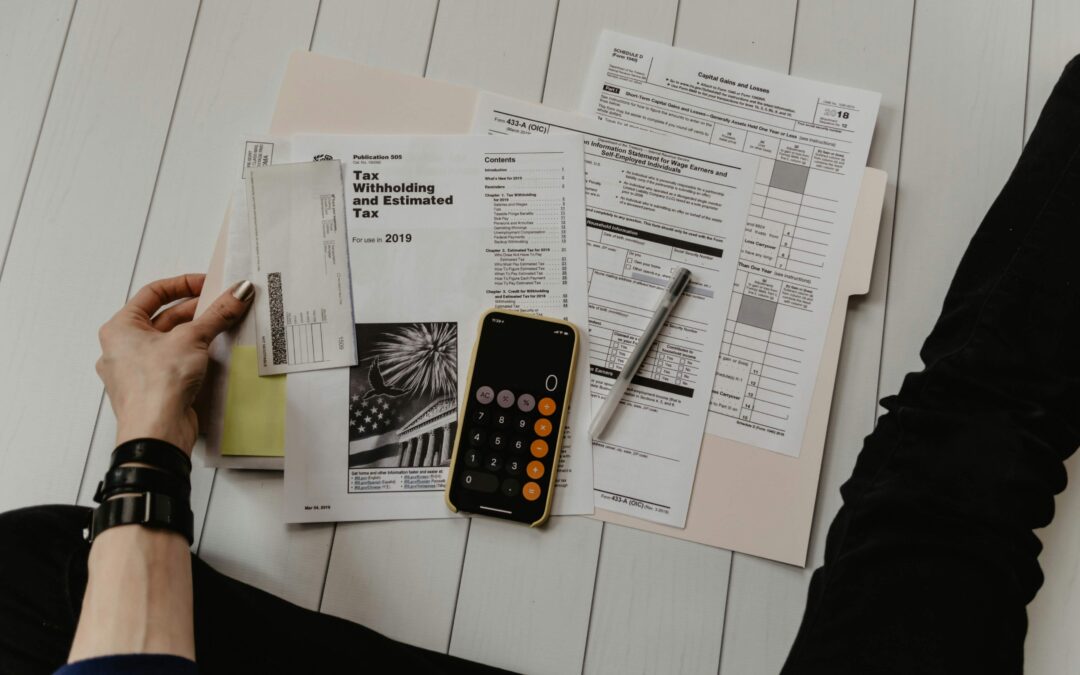If you’re ambitious, you surely have a tax planning strategy. If you don’t have one, now’s the time to create one to optimise your financial position by minimising your tax liabilities—all while working within the framework of the country’s tax legislation.
In this blog post, we’ll delve into the essential components of crafting an effective tax planning strategy, offering actionable insights and tips for individuals who want to manage their tax affairs effectively.
Allowances and reliefs
Let’s start with allowances and reliefs. The logic here is that, for most taxes, they only kick in when you make a certain amount of money. For example, you’ll know about the income tax-free allowance of £12,570. But do you know about the others available to you?
First, there is the savings allowance, which is the amount your savings account can earn in tax-free interest each year. Basic rate taxpayers can earn £1,000 tax-free, while higher rate taxpayers can earn £500 in tax-free interest. Additional rate taxpayers don’t get an allowance.
There is also the dividend allowance, which allows you to earn £1,000 of dividends without having to pay tax. You may get dividend payments if you own shares in a company.
You can also reduce your capital gains tax charge, a tax levied on assets that you sell when they have increased in price, by claiming your tax-free allowance. As of the time of writing, this is £6,000 but will reduce to £3,000 in 2023/24.
Saving for retirement
Pension payments are important for anyone, but you can plan them into your wider tax strategy as your payments may qualify for tax relief. For basic rate taxpayers, the relief available is 20%. That means if you added £800 to your pension, the government will add an extra £200 in tax relief.
If you’re a higher-rate taxpayer, you can get up to £40 tax relief, turning a £6,000 payment into £10,000. Higher-rate taxpayers, meanwhile, get 45% tax relief.
Tax efficient investments
There are three tax-efficient investment schemes that individuals can use when investing to gain income tax relief:
- Venture capital trusts: Investments up to £200,000 qualify for income tax relief at 30%. Dividends received are tax-free, and there is no capital gains tax payable on any gain when sold.
- Enterprise investment scheme: Investments in qualifying companies up to £1 million a year get income tax relief at 30%. This is increased to £2 million a year when investments are made in knowledge-intensive companies. Investments held for more than three years are exempt from capital gains tax.
- Seed enterprise investment scheme: An individual can invest up to £100,000 per tax year in start-up companies that qualify, with income tax relief at 50%. Capital gains tax is reduced by up to 50%, but gains are exempt if the investment is held for more than three years.
Individual savings accounts
Individual savings accounts (ISAs) are great tools for making savings, with the income and capital gains tax generated being tax-free and untaxed when withdrawn.
An annual allowance of £20,000 can be invested by UK residents over 28, while £9,000 can be invested per child.
There are also lifetime ISAs, into which you can contribute up to £4,000. A bonus of 25% of each year’s contribution is added but only retained if the lifetime ISA is used to purchase a first home for less than £450,000 or is withdrawn after the age of 60. Contributions can be made until the age of 50.
Need help creating a tax planning strategy?
Making a tax planning strategy is no easy feat, especially if you have a high income and complex financial affairs. But we’re here to help. We’re tax professionals who have helped dozens of individuals like you create a strategy that saves you money and lets you achieve your financial goals.
Talk to us and create your tax planning strategy.
